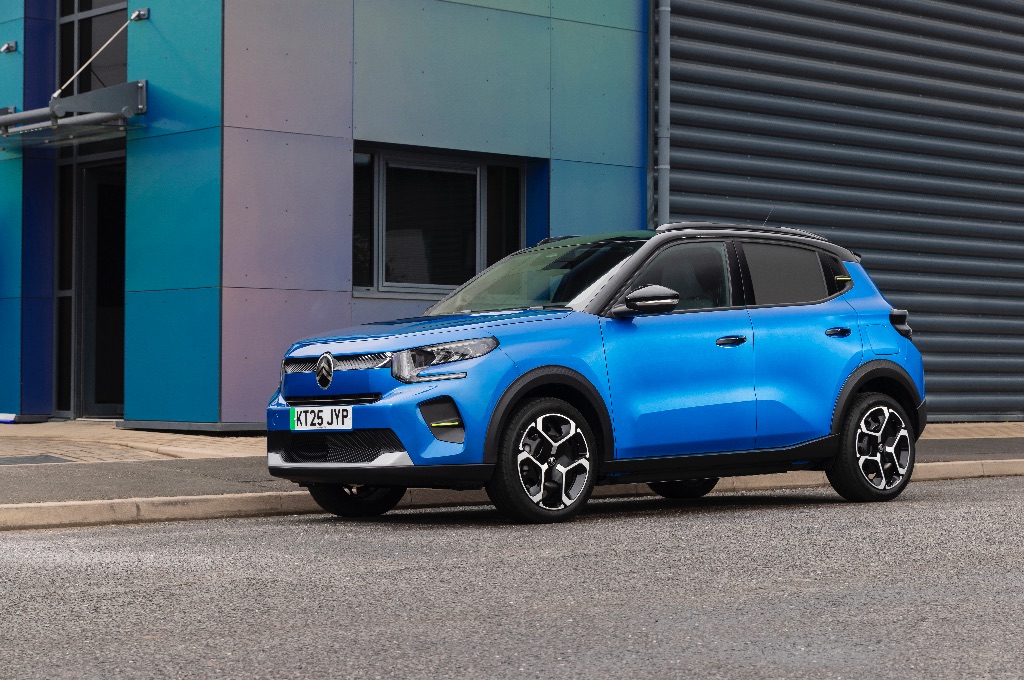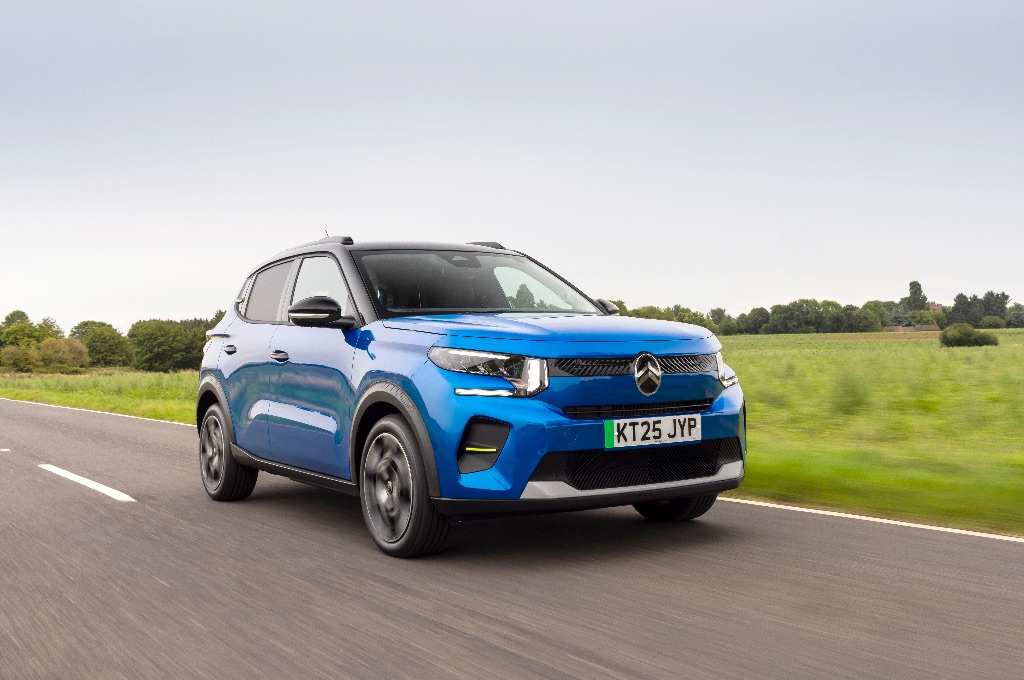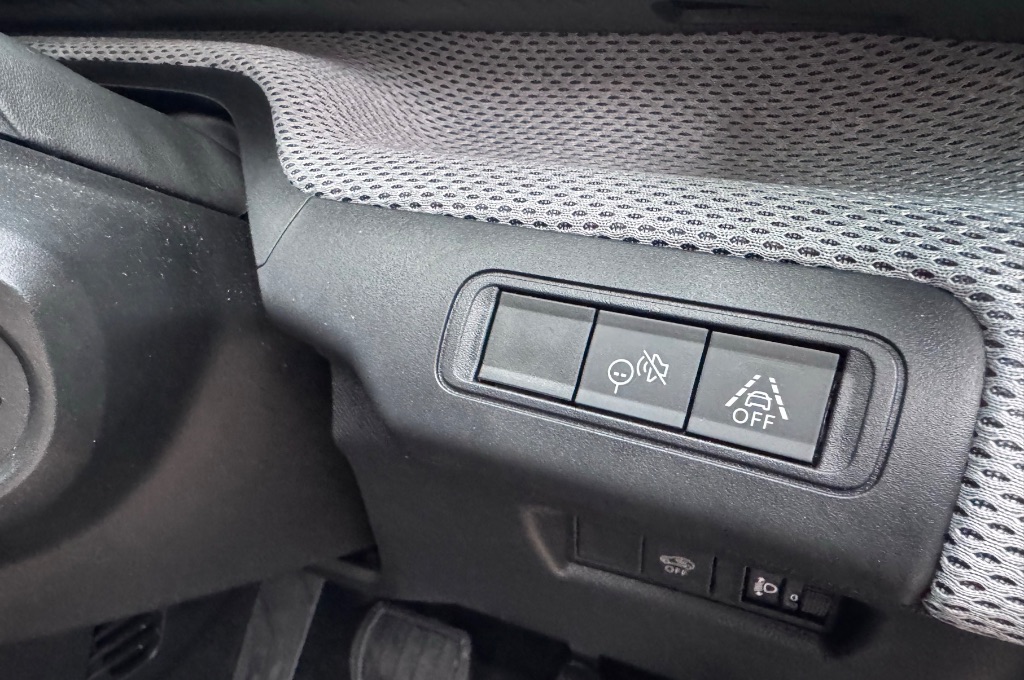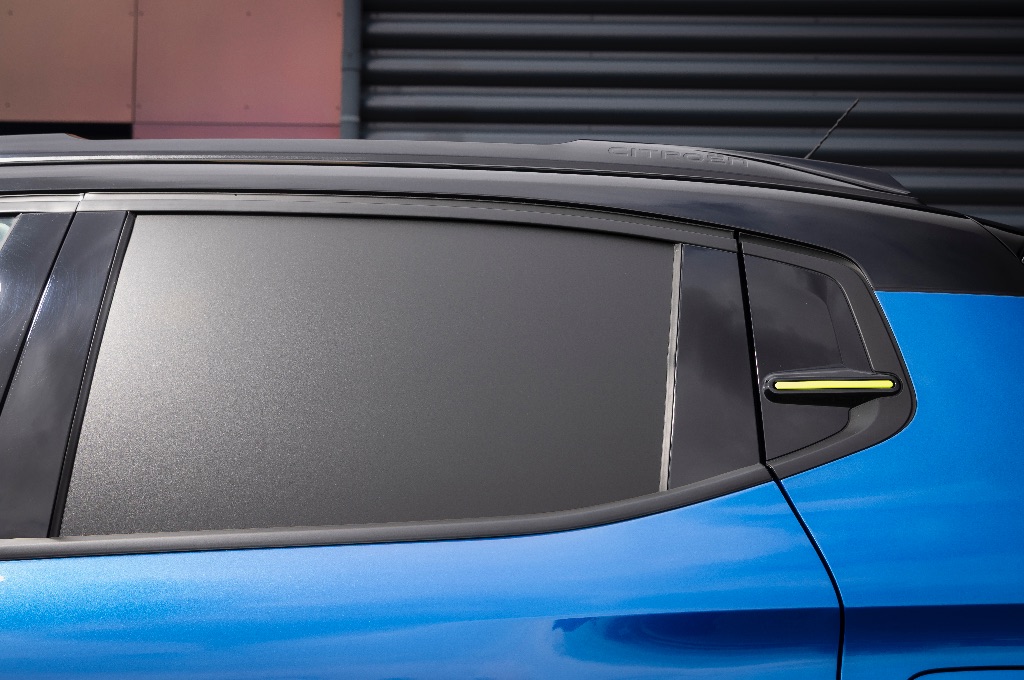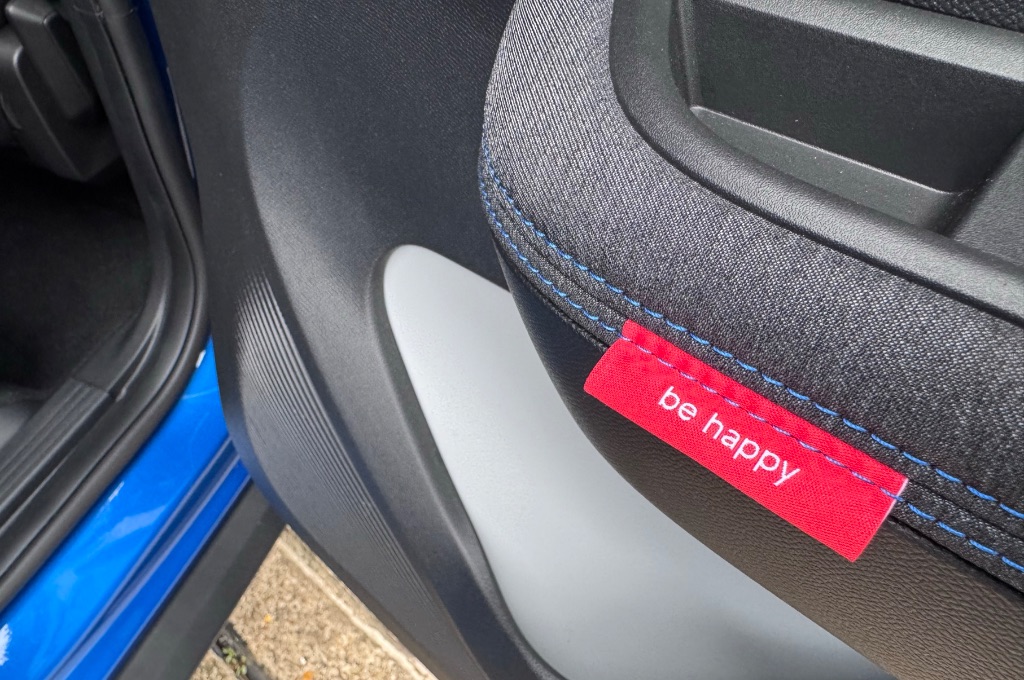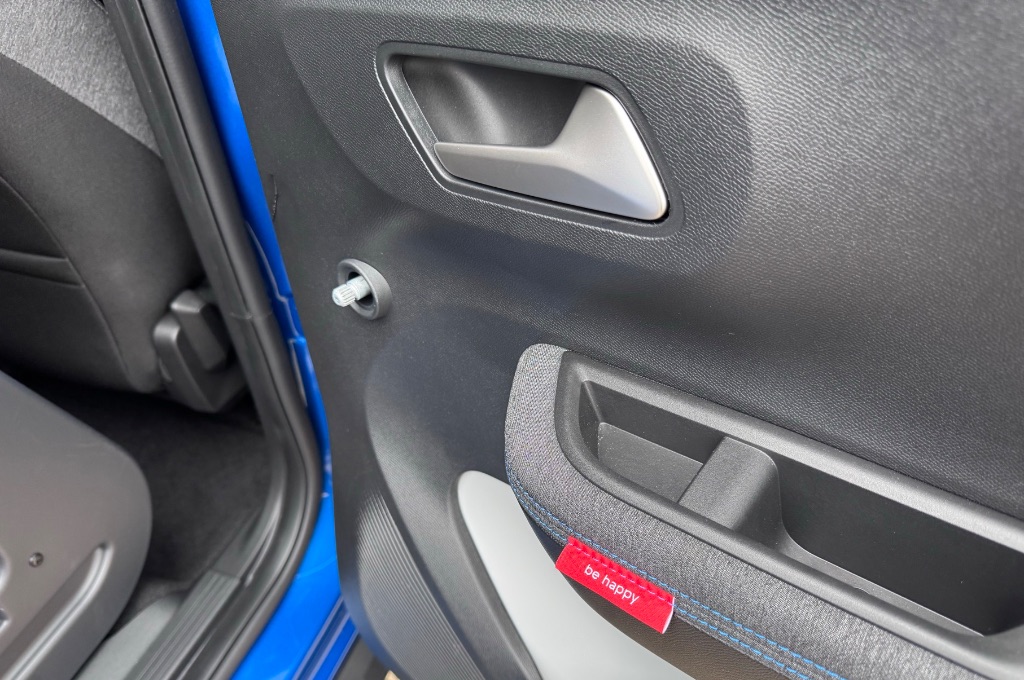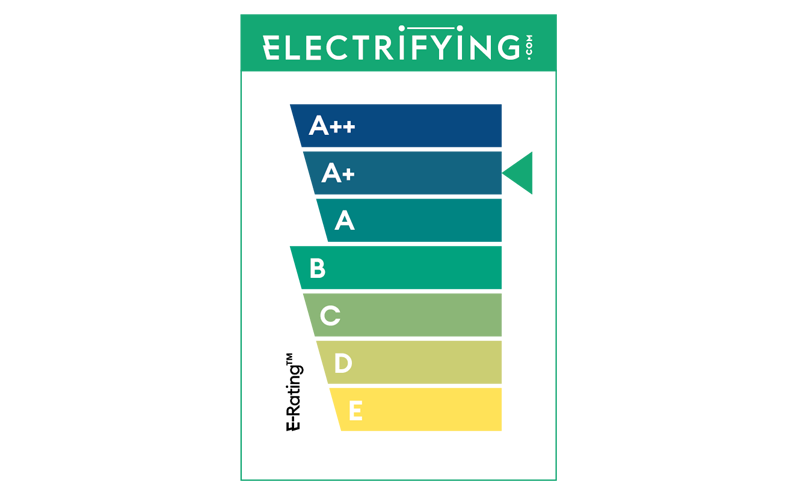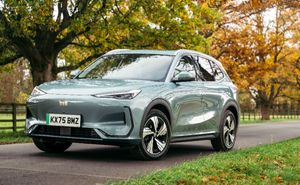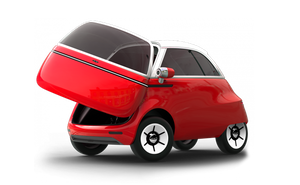Introduction and Model History
Those incentives are aimed to help adoption of electric vans. These are £2,500 off the purchase price with the Plug-in Van Grant, the ability to write off the purchase against tax and then 0% benefit-in-kind for anyone driving it for personal use.
To qualify, it means the van needs have one row of seats, no windows behind the driver and predominantly used for the delivery of goods. So someone has been busy at Citroen’s import centre converting the car to a van. There is a matte finish vinyl wrap sticker over the glass in the rear doors to blank the windows and although the doors open conventionally, the winder handles have been crudely removed.
Then the back seats have been thrown out and replaced with a flat floor and an enormous load cover. Does it add up?
Range, Battery and Charging
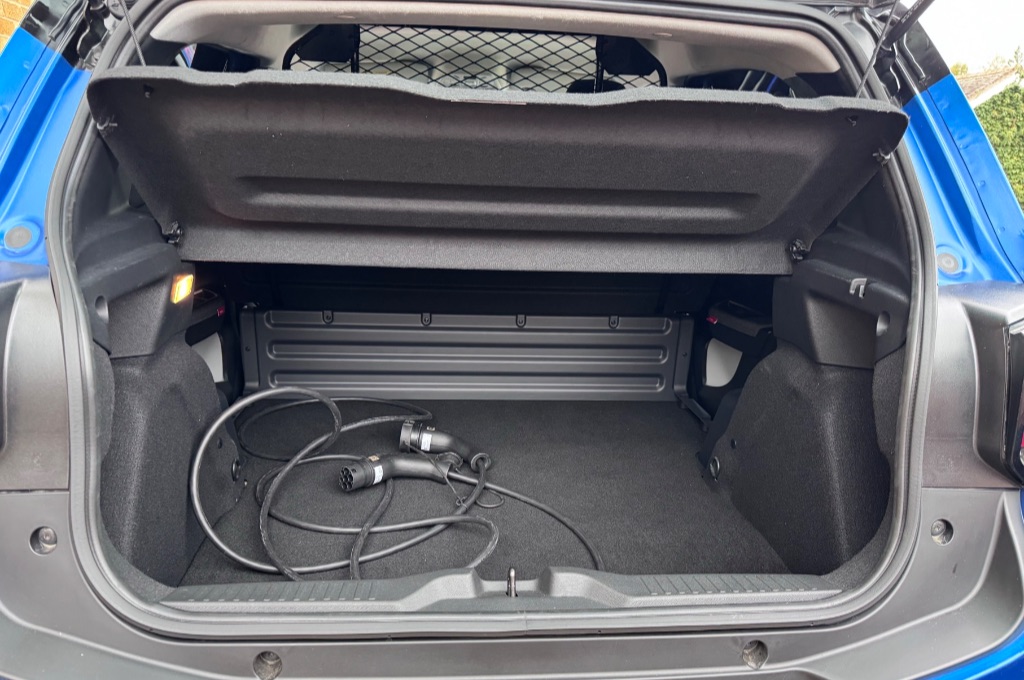
The van has the same battery and charging options as the car version of the e-C3 Aircross in its most basic ‘Plus’ form. That means a 44kWh battery, offering a 200-mile range (WLTP Combined). It uses lithium-iron phosphate chemistry (LFP), which is less energy dense than the lithium-ion NMC batteries used in many of today’s electric vehicles, but it’s also cheaper to make and uses fewer rare-earth metals. It is also meant to be more resistant to degradation, which will be better in a high mileage situation with lots of charging – which might be the case with a van.
There’s not the car version’s bigger 54kWh battery option on offer, but it is understood that a smaller battery version will be introduced in 2026 which will be cheaper still.
AC charging is at 7.2kW as standard, with an 11kW upgrade available for an extra £300. On a DC rapid point it will take 100kW, meaning a 20 to 80% boost will take less than half an hour.
Practicality, Payload and Dimensions
This isn’t a van which you are going to be using to shift paving slabs and tonne bags of Type 1. With a 300kg payload you might find yourself looking a bit heavy if you have a passenger and five standard bags of sand from a DIY centre. Amazingly, that’s 68kg less than the little Dacia Spring Cargo.
Citroen has chosen to reinforce the boot floor with some OSB board though, so it won’t collapse if you throw a large spanner in the back.

The load volume of 730 litres is more impressive than the weight capacity though, and that’s the space underneath the big rigid load cover. Take that away and stack to the roof and you’ll squeeze in 1,220 litres. The load area is 1.2 metres long and 1 metre wide at floor level.
It means this is a van which will appeal most to couriers, florists and businesses delivering things which are light. Helium balloons, perhaps?
Interior, Seating and Technology
As you’d expect, the inside of the e-C3 is identical to the Plus version of the car, except for the bulkhead behind you when you look in the rear view mirror. That spec means it is pretty basic, but I actually didn’t find I needed much more. There’s a 10.25-inch infotainment touchscreen, angled slightly towards the driver with wireless Apple CarPlay and Android Auto, so you can use all your phone's map and media apps on the car's screen.
The instruments are also built into a little digital strip in front of the driver and there is a Head-Up Display, LED headlights, cruise control and rear parking sensors. It’s got a funky shaped steering wheel and plenty of space to store delivery documents and cups from Costa too.
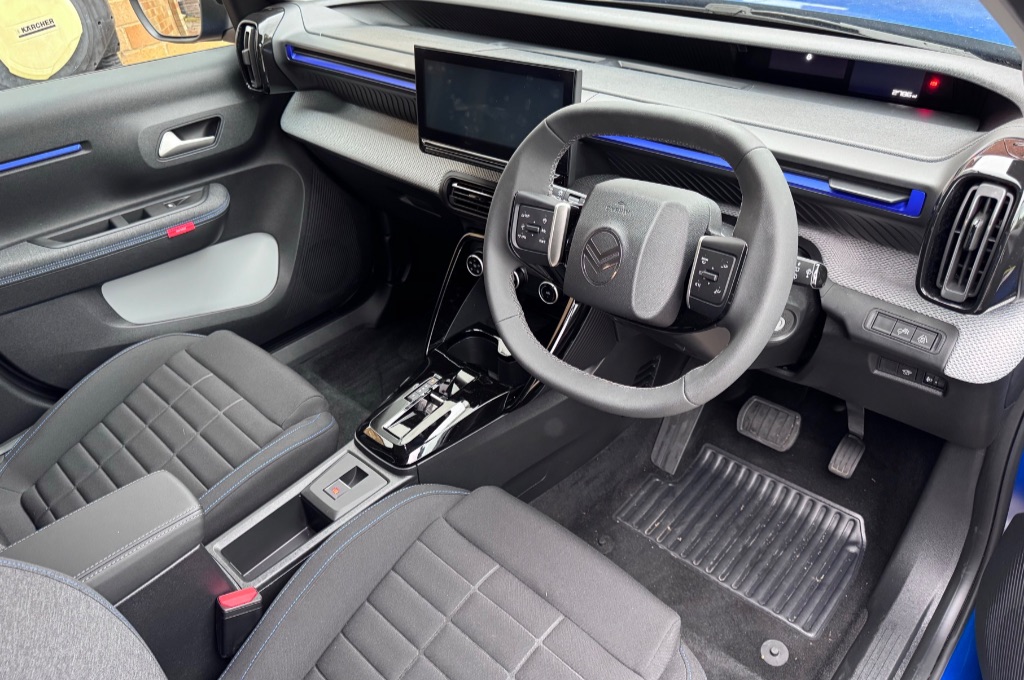
While the safety systems are ever present – and the speed warning is both a little dumb and heralded with a cheap beep – it is incredibly easy to switch off. One long press of a proper button by your right knee turns off the electronic nagging.
The seats deserve a special mention too as they are unusually comfortable. Watch out for the motivational messages sewn into labels on the fabric and door cards too – they might help you through a bad day. Or just amuse your passenger.
Motors, Performance and Handling
There’s only one motor option, and it’s the 113hp set up powering the front wheels. That doesn’t sound a lot by modern electric vehicle standards, but it’s actually perfectly respectable, especially around town. The official 0-62 time is 10.4 seconds and the top speed is 84mph – both are fine for a van of this size.
Citroen’s key selling point these days is comfort – and the e-C3 doesn’t disappoint. Don’t expect the magic carpet bump absorption you used to get in a classic BX or 2CV, but it is noticeably better than other vans in the class. The trade off is that it’s not as fun as something like a Fiesta van, but it holds the road well.
While ride refinement is fine, watch out for the wind and road noise once you get out of town – they both increase markedly above 30 mph.

Running costs, Pricing and Specs
The Citroen van has the same features as the Plus version of ë-C3 passenger car, and there is only one trim level, costing £17,535 before VAT and on-the-road charges. You can take the government’s £2,500 van grant off the total, but will need to add £1,395 for the delivery, first registration fees and other bits.
The only standard colour is a light blue called Monte Carlo – even white is an option at £230. Metallics are £580 extra and the AC charger upgrade costs £300. There’s also a £15 price tag on a puncture repair kit, which seems a bit stingy.
Verdict
The e-C3 Van is a bit of an oddity, which I suspect has been created to be tax (and grant) efficient rather than being a particularly useful commercial vehicle. It has obviously been converted from a passenger car, and in some places looks a little amateur, with stick on vinyl and bare parts for the window winders. You will also need to watch the payload, which means it’s not going to be suitable for businesses who need to move anything heavy.
But on the plus side it looks great value and is good to drive and efficient. It might be a small niche, but the Citroen fills it nicely.










